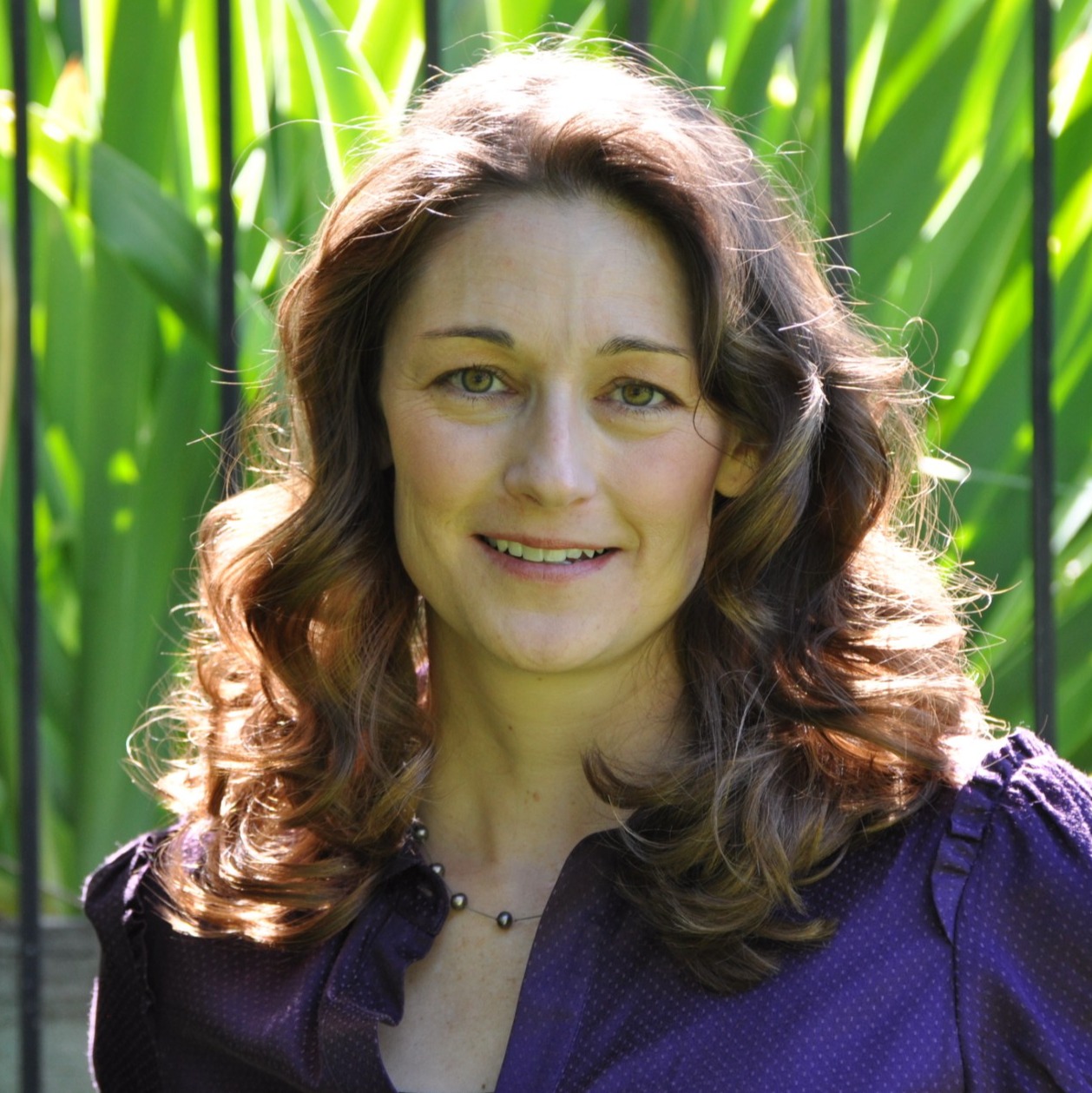Over the course of five years, the National Institute on Aging will award $15.5 million to a research team including the University of Colorado Department of Medicine’s own Cari Levy, MD, PhD, to get more nursing home residents in clinical trials.
The project, called the Nursing Home EXplanatory Clinical Trials: Supporting Transformation by Enhancing Partnerships (NEXT STEPs), aims to bridge the gap between researchers and people in nursing homes so that more data can be collected on this population, leading to better practices.
“Approximately 1.4 million people are in nursing homes. They are some of our most vulnerable individuals, and yet, they are rarely included in any of the studies that are conducted,” says Levy, head of the CU Division of Geriatric Medicine.
“Much of the medical care we’re delivering is extrapolated from research on younger populations, so we don’t know for certain if the care we’re offering is the best fit for these individuals,” she adds. “We’re trying to get a more representative sample in our research, and that’s very exciting to me.”
Creating a national research infrastructure
The NEXT STEPs project, which includes research sites in nine states, aims to build a research infrastructure that fosters collaborative partnerships between researchers and nursing homes. To accomplish this, the project is divided into three cores with different goals.
The first core will focus on recruitment and retention, looking to bring in new researchers interested in this work as well as identify nursing home facilities that want to be involved.
“The hope is that we can build up this infrastructure in partnership with facilities that really want to push for innovation. We want to establish strong relationships and make this research part of their care,” Levy says.
This partnership, she notes, is beneficial not only to the scientific community, but also to the nursing homes.
“There are certain people who want to go to nursing homes that are engaged in cutting-edge research so they have the opportunity to give back and contribute to society,” she says. “We’ve heard that people want to choose a nursing home because it is involved in something like this. It shows the facility wants the best for their residents.”
The second core will focus on methods, measures, and data. Levy explains that a big component of this will be working with the Long-Term Care Data Cooperative, which is a data repository, to leverage data in learning more about how to best care for people living in nursing homes.
Levy will be leading the third core, called the projects and training core. It aims to build the capacity to conduct high-quality research by teaching researchers who are new to this setting about how nursing homes work.
“We’re doing an experiential program where the researchers will experience a day in the life of a nursing home,” she says, explaining they will meet administrative staff, cleaning staff, the director of nursing, and some of the residents. “They will get a real sense of the environment so that when they are designing their research, they can be mindful of how their study will impact the daily life of the people who work and live there.”
Levy’s core will also offer a total of eight pilot grants over the next five years, aiming to support researchers in getting preliminary data for their research projects.
“The idea is that we can engage researchers, both new to this area and experienced in this area, and give them some seed money to collect data to build bigger clinical trials in nursing homes,” she says.
‘A dream come true’
The research project came together under the leadership of Kathleen T. Unroe, MD, of the Indiana University School of Medicine and Regenstrief Institute, who is the principal investigator. Unroe reached out to colleagues, including Levy, to ask if they would like to be a part of this research effort.
“We all really like working together, and so it’s a dream come true,” Levy says. “I couldn’t ask for a better team.”
Overall, the NEXT STEPs project is needed because researchers can learn a lot from people who reside in nursing homes, Levy explains.
“For example, there is a very high prevalence of dementia in this population, and there is much to be learned about how to treat dementia,” she says. “We have a lot to learn, but we haven’t gone through the trouble because it is hard to enroll people who reside in nursing homes in those types of studies.
“With this, we’re really bringing the research to others, as opposed to relying on people to come to us,” she continues. “We’re becoming better partners as researchers.”
Levy believes it is an exciting time to be aging because there is more thought going into improving care for older adults.
“We care deeply about doing this well. Nursing homes should not be an afterthought. They should be equally well represented in research,” she says. “My hope is that this really elevates the opportunity for those who work, reside, and care for people in nursing homes to be a part of something really exciting.”




